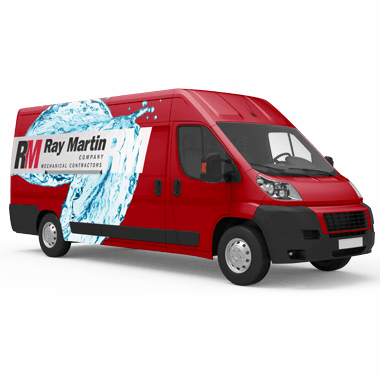LEED CERTIFICATIONS
Our first LEED® AP certificate was received in 2007 and presently half of our project managers hold certificates
Knowledge From Experience
We understand the commitment required of all team members to achieve LEED® guidelines.
LEED® COMMISSIONING
We have worked with outside commissioning agents for LEED® and know what it takes to do it right.
Frequently Asked Questions About LEED
What is LEED?
LEED stands for Leadership in Energy and Environmental Design. LEED enables building owners and operators to identify and implement green building design, construction, maintenance solutions, and operations.
How does LEED Certification work?
The LEED rating system, created by the USGBC, provides third-party verification that a building or community was designed and built using strategies aimed at increasing performance, reducing waste, and improving quality of life.
Each strategy listed on the rating system checklist is catalogued as a credit. Credits are grouped into six major categories: Sustainable Sites, Water Efficiency, Energy & Atmosphere, Materials & Resources, Indoor Environmental Quality, and Innovation in Design & Regionalization. All the credits in these categories are worth a certain number of points. For every strategy utilized in a LEED-registered project, the building acquires the corresponding number of points for that credit. The greater number of points, the more likely the building will qualify for LEED Certification. There are different levels of LEED Certification, based on this point range.
If all buildings are trying to achieve LEED Certification, why are there multiple rating systems?
There are several LEED rating systems available for different types of buildings. For instance, there are different requirements if you want to build a home versus an office building. Likewise, there are LEED rating systems for commercial, institutional, residential, and just about every other type of building that you can think of. The LEED AP with Specialty credentials are aligned with these rating systems, so you can market yourself as an accredited professional in a specialty area.
What's the difference between LEED Certification and LEED Accreditation?
Buildings earn LEED Certification. Individuals who pass one of the LEED credentialing exams become LEED Accredited. One of the most common mistakes made by newcomers to LEED is when they say, “I want to become LEED Certfied.” They really should say, “I want to become LEED Accredited.”
Don't Be Shy
If we didn’t answer all of your questions, feel free to drop us a line anytime.

